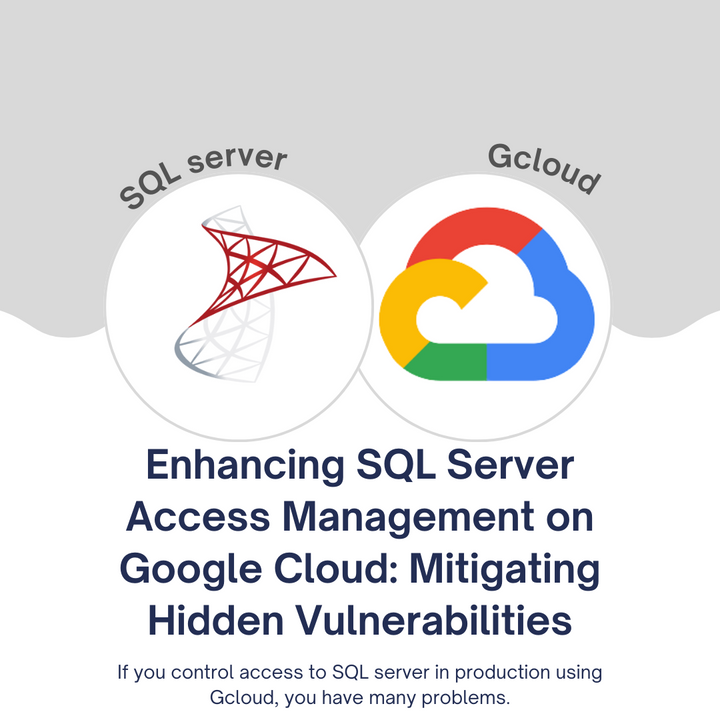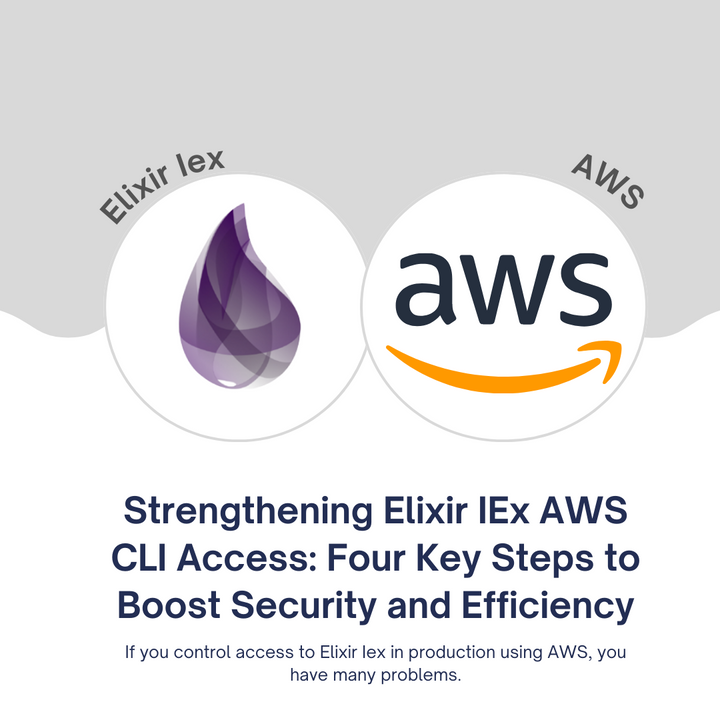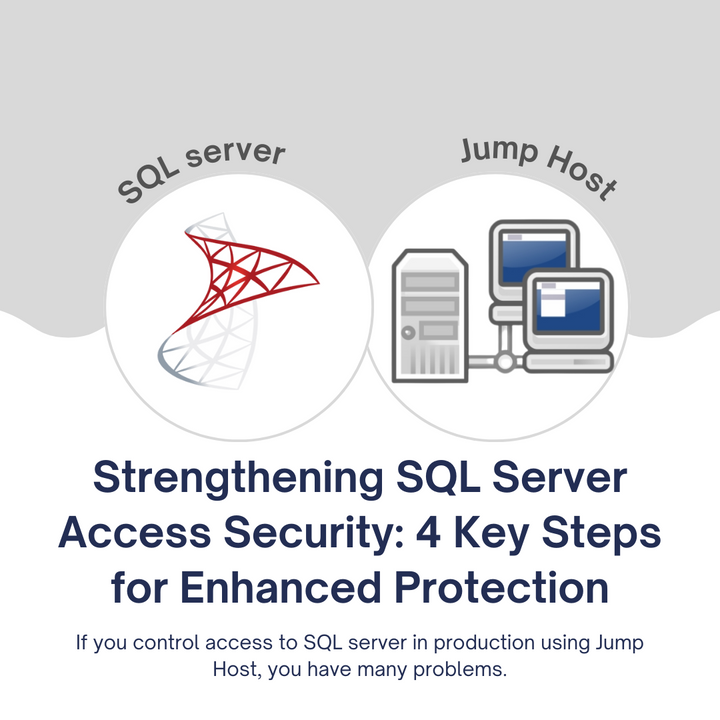A DBA's Framework for Data Security Success
The reason most organizations face data breaches and security issues is because they lack a solid data security strategy. This happens because many organizations underestimate the importance of robust data security measures, leading to potential data breaches and their associated consequences. In this post, we're going to walk you through the key elements of a successful data security framework.
We're going to walk you through:
- Understanding Data Classification
- Access Control and Authentication
- Data Encryption
- Regular Security Audits
- Employee Training and Awareness
By the end of this post, you'll understand how to protect your organization's data, ensuring that your sensitive information remains safe and secure.
Understanding Data Classification
Data Classification: The Foundation of Data Security
Proper data classification is the foundation of data security. It ensures that sensitive information is protected according to its level of importance. According to the 2021 Data Breach Investigations Report by Verizon, 85% of data breaches involved the theft of sensitive data.
Data classification streamlines security efforts, minimizing the risk of data breaches. The benefit of this is evident in the organization's ability to allocate resources more efficiently and safeguard critical data. The mistake to avoid is neglecting data classification, which can result in the mishandling of critical data, leaving it vulnerable to unauthorized access.
Actionable Tip: Implement a clear data classification policy and train your team on its importance.
For example, imagine a healthcare organization using data classification to ensure that patient records are only accessible to authorized personnel. The takeaway here is that data classification is the first step in data security, and it should not be overlooked.
Access Control and Authentication
Controlling Who Can Access Your Data
Controlling who can access your data is as crucial as classifying it. Unauthorized access can lead to data breaches and violations of privacy. According to a 2021 report from IBM, the average cost of a data breach is $4.24 million.
Proper access control safeguards data, reducing the risk of data breaches. However, allowing overly broad access permissions is a mistake that can result in data exposure. To counter this, implement role-based access control and strong authentication methods.
Actionable Tip: Implement role-based access control and strong authentication methods.
For instance, online banking systems use two-factor authentication to protect users' financial data. The takeaway is that access control and authentication are essential for safeguarding data.
Data Encryption
Data Encryption: Your Last Line of Defense
Data encryption is your last line of defense against data theft. Encryption protects data even if unauthorized access occurs. According to a 2021 report by Thales, 48% of organizations now use encryption to protect sensitive data.
The benefit of encryption is that it ensures that even if data is stolen, it remains unreadable and useless to attackers. Neglecting encryption can result in data breaches, and sensitive information can be exposed. To address this, encrypt data both in transit and at rest.
Actionable Tip: Encrypt data both in transit and at rest.
For example, messaging apps use end-to-end encryption to protect user conversations from eavesdropping. The takeaway is that encryption is a powerful safeguard against data breaches.
Regular Security Audits
Regular Security Audits: Staying One Step Ahead of Attackers
Regular security audits are your way of staying one step ahead of attackers. Audits help identify vulnerabilities and weaknesses in your security measures. According to a 2022 report by Cybersecurity Insiders, 53% of organizations perform security audits at least once a year.
The benefit of security audits is that they allow for the proactive remediation of security issues. Neglecting security audits can leave your data security stagnant and outdated. To counter this, schedule routine security audits and penetration testing.
Actionable Tip: Schedule routine security audits and penetration testing.
For instance, a bank conducts regular security audits to ensure the protection of customer financial data. The takeaway is that regular security audits are essential to maintaining data security.
Employee Training and Awareness
Employee Training and Awareness: Your Weakest Link or Strongest Defense
Your security is only as strong as your least aware employee. Employees are often the weakest link in data security, but they can also be the strongest defense. The 2021 Verizon report showed that 36% of data breaches involved internal actors.
Educated and aware employees are more likely to follow security protocols. Neglecting employee training can lead to accidental data leaks or security breaches. To address this, provide regular data security training for all employees.
Actionable Tip: Provide regular data security training for all employees.
For example, social engineering attacks can be thwarted when employees recognize phishing attempts. The takeaway is that employee training and awareness are vital components of data security.
In conclusion, a comprehensive data security framework is crucial for safeguarding your organization's sensitive information. By understanding data classification, implementing access control and authentication, utilizing data encryption, conducting regular security audits, and focusing on employee training and awareness, you can significantly reduce the risk of data breaches and protect your valuable assets. Data security is not a one-time task but an ongoing commitment to ensure the confidentiality, integrity, and availability of your data.



